What is the tolerance range of precision screws?
What is the tolerance range of precision screws?
Service Hotline
+86760-8787 8587We have more than ten years of experience in screw industry production. The main products are: 304/316 flat nuts, GB9074.17 bolts, GB5789 bolts, flat washer set pan head combination bolts, carbon steel hexagonal thin nuts, nylon outer screws, galvanized /Color-plated square nut, articulated union screw, reverse thread hexagonal nut and bolt, round head 12.9 grade screw, 8 grade GB97 galvanized washer, GB862.2 metal washer, GB70 stainless steel bolt, Saigang processing washer, slotted screw Fasteners such as screws, due to the different materials and specifications of the products, the prices are also different, please contact us if necessary.


The gasket is a part that is placed between the connector and the nut, and is generally a flat metal ring. Gaskets are used for mechanical seals between two objects, usually to prevent pressure, corrosion, and natural thermal expansion and contraction of pipes between two objects and leakage. Since machining the surface is not possible, irregularities can be filled with spacers. Gaskets are typically made from sheet materials such as backing paper, rubber, silicone rubber, metal, cork, felt, neoprene, rubber, fiberglass, or plastic polymers such as Teflon, application-specific gaskets May contain asbestos. Other uses are as spacers, springs (Belleville spacers, wave spacers), wear pads, pre-display devices, lock devices. Rubber gaskets are also used in faucets (valves) to cut off the flow of liquid or gas, and rubber or silicon gaskets are also used to reduce fan vibration. The function of ordinary gaskets is not good, the gaskets are easy to slip during the nut pressing process, the tightening effect is poor, the wear resistance of the gaskets is not good, and it has no anti-interference effect when used in electronic components.
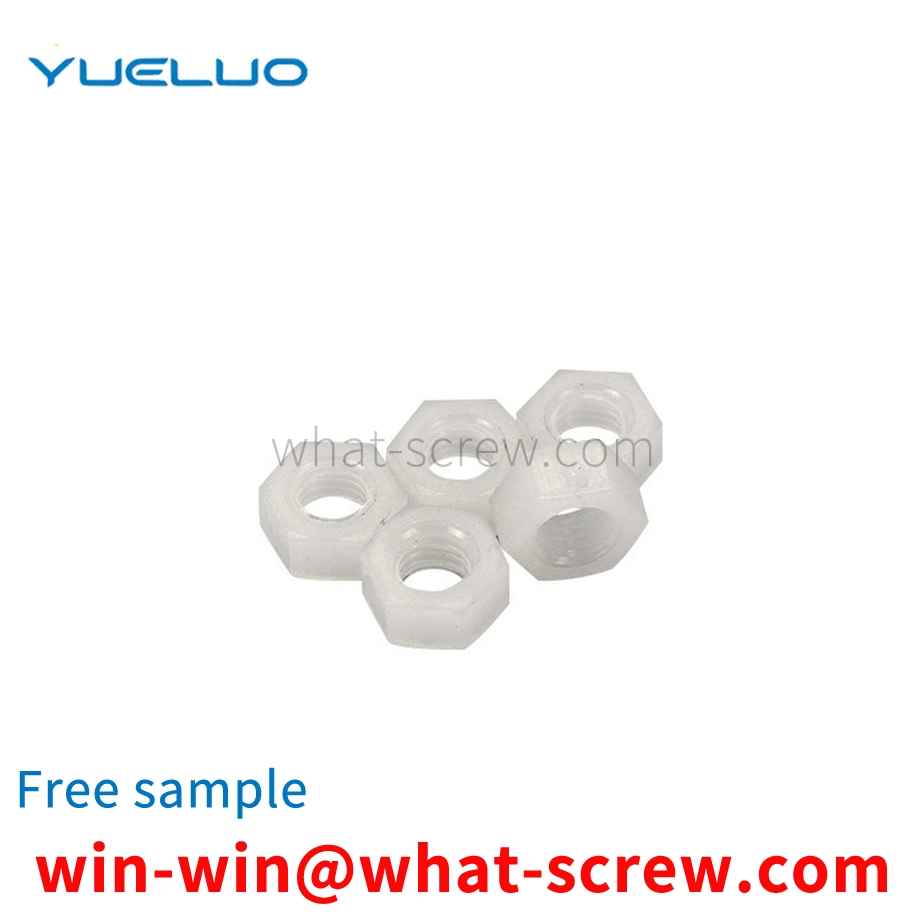
In the process of our transformation and upgrading from big manufacturing to strong manufacturing, the talents of the main body of innovation play an important catalytic role, including a large number of engineers, and drawings are a necessary expression tool for their practical innovation. Engineering drawing courses, as the basic courses of engineering colleges, play an important role in students' ability to read and output engineering drawings, and are directly related to the innovation ability in future work practice.
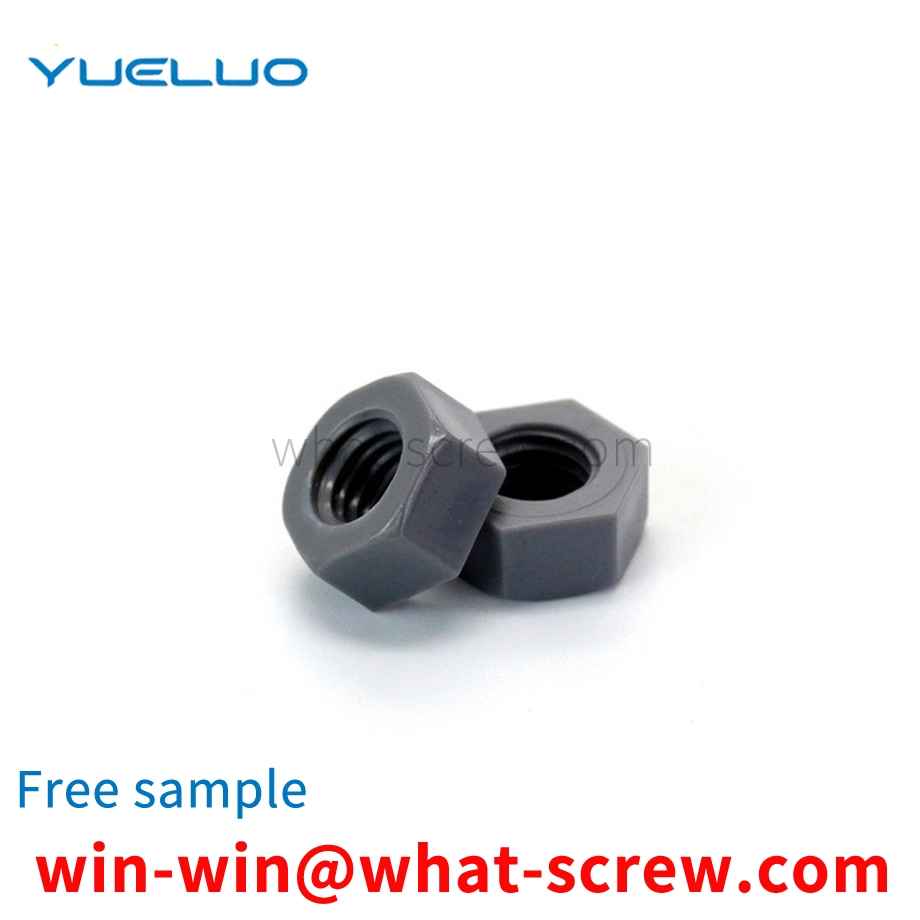
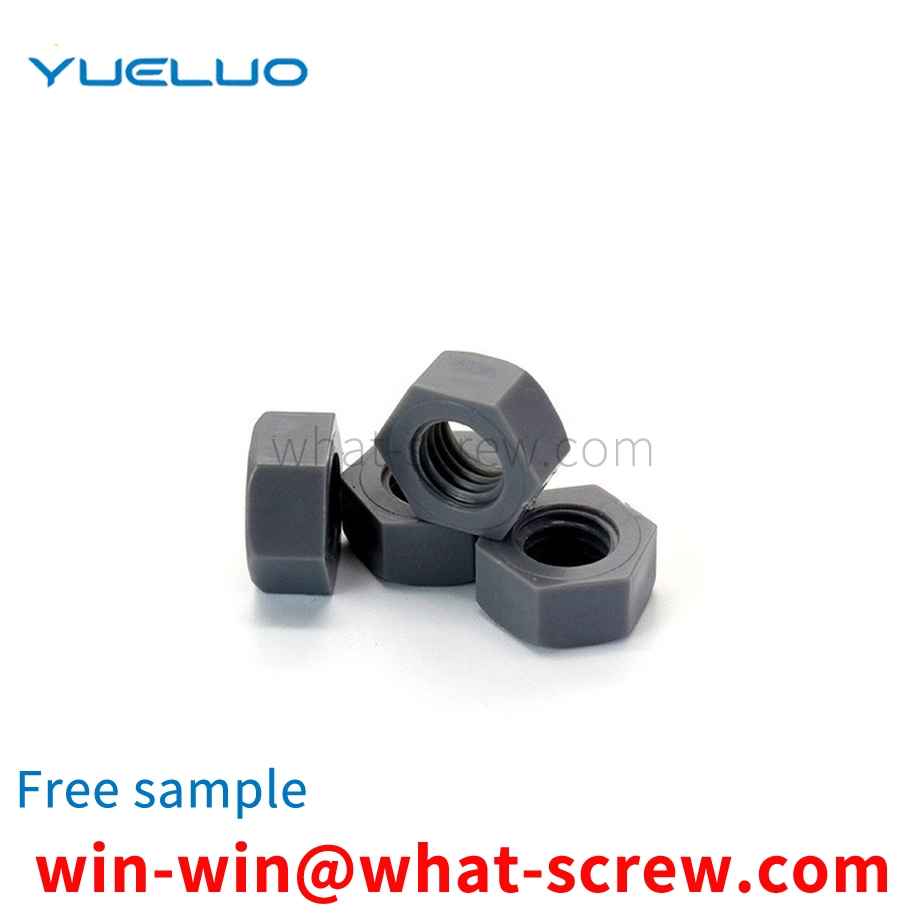
Stainless steel fastener product size standards: specify the content of the basic size of the product; threaded products. Not the standard in terms of product technical conditions. Specifically, it includes the following standards: Standard for fastener product tolerance: specifies the content of product size tolerance and geometric tolerance. Standards for mechanical properties of fastener products: specify the marking method of product mechanical property grades, as well as the content of mechanical property items and requirements; some fastener products change this content to product material properties or work performance. content. Standards for surface defects of fastener products: specify the types of surface defects and specific requirements of products. Surface treatment standards for fastener products: specify the types and specific requirements of product surface treatment. Fastener product test standards: specify the test content of the above-mentioned various performance requirements. Standards for product acceptance inspection, marking and packaging of stainless steel fasteners: Standards for fastener product marking methods: specify the content of complete product marking methods and simplified marking methods. Other standards for stainless steel fasteners: such as fastener terminology standards, fastener product weight standards, etc.
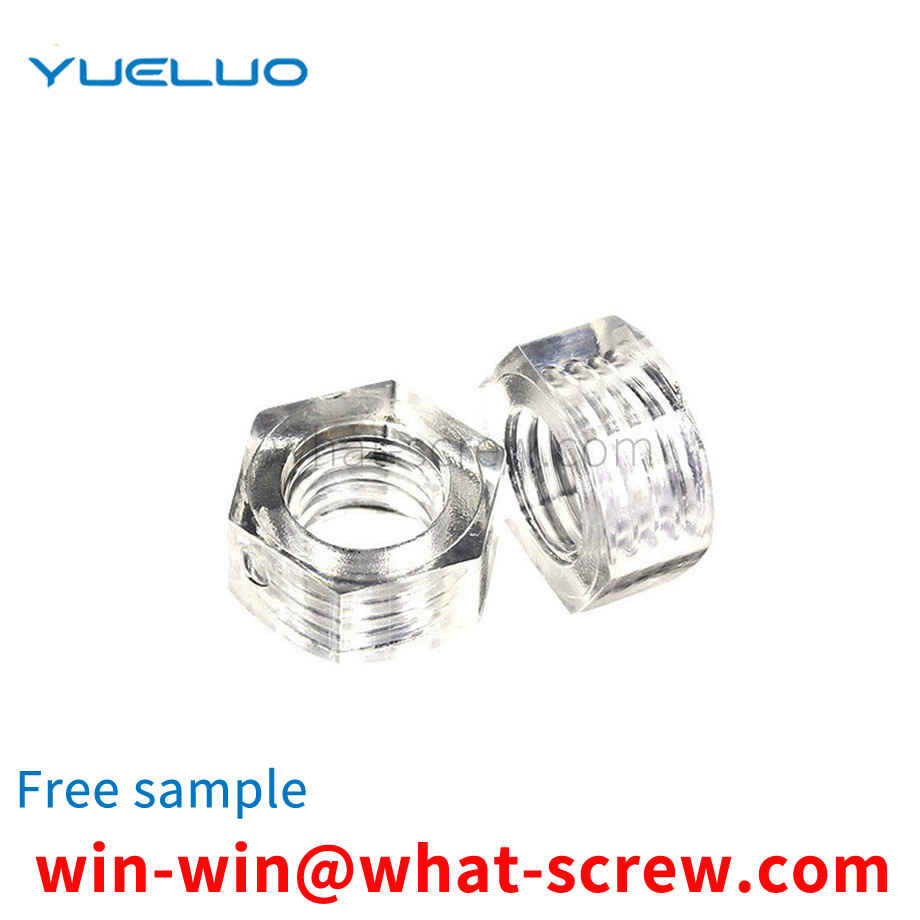
1. For low strength (below 500 N/mm2 or below 60000 psi) bolts use general soft steel, generally use SAE 1008 or JIS SWRM 8 (or SWRCH 8). 2. Lower strength (600 N/mm2 or 74000 psi) ) bolts use general soft steel, but limited carbon content grade, generally use SAE 1010 - 1015 or JIS SWRM 10 - 15 (or SWRCH 10 - 15). .3. Higher strength ( 800 N/mm2 or 125000 psi ) bolts of medium carbon steel, low carbon boron steel plus quenching and tempering, generally use SAE 1035 - 1040 or SWRCH 35K - 40K. 4. High strength (900 N/mm2 or more or 150000 psi or more) bolts use medium carbon Alloy steel or low carbon boron steel, in terms of application, if the metric Class 10.9 uses low carbon boron steel, the imprint should be added under the series imprint to become 10.9, and the imprint of the inch 8.2 grade is also used with the general Grade 8 bolts The imprint is different for easy identification. High-strength bolts made of low carbon boron steel cannot be used in high temperature conditions. The design strength exceeds Class 12.9 or ASTM A574 ultra-high strength bolts are limited to medium carbon alloy steel plus quenching and tempering. The performance grades of bolts for steel structure connection are divided into more than 10 grades such as 3.6, 4.6, 4.8, 5.6, 6.8, 8.8, 9.8, 10.9, 12.9, etc. Among them, the bolts of grade 8.8 and above are made of low-carbon alloy steel or medium-carbon steel and are heat-treated (quenching, tempering), commonly known as high-strength bolts, the rest are commonly known as ordinary bolts. The bolt performance grade label consists of two parts of numbers, which represent the nominal tensile strength value and yield ratio of the bolt material respectively. For example, a bolt with a performance level of 4.6 means: 1. The nominal tensile strength of the bolt material is 400MPa; 2. The yield ratio of the bolt material is 0.6; 3. The nominal yield strength of the bolt material is 400×0.6=240Mpa . Performance level 10.9 high-strength bolts, after heat treatment, can achieve: 1. The nominal tensile strength of the bolt material is 1000MPa; 2. The yield ratio of the bolt material is 0.9; High-strength bolts, processing and manufacturing problems are compared Small, general fastener manufacturing companies can master the manufacturing process; but problems are prone to occur in material selection and heat treatment. Material selection is the primary link. Various alloying elements have a great influence on the properties of the material, and the material must be subjected to spectral composition analysis; secondly, the fracture problem and the choice of heat treatment process have a great influence and are very important. Dealers and traders must control the inspection and performance testing links; automotive fasteners have high requirements and must carefully control the quality.
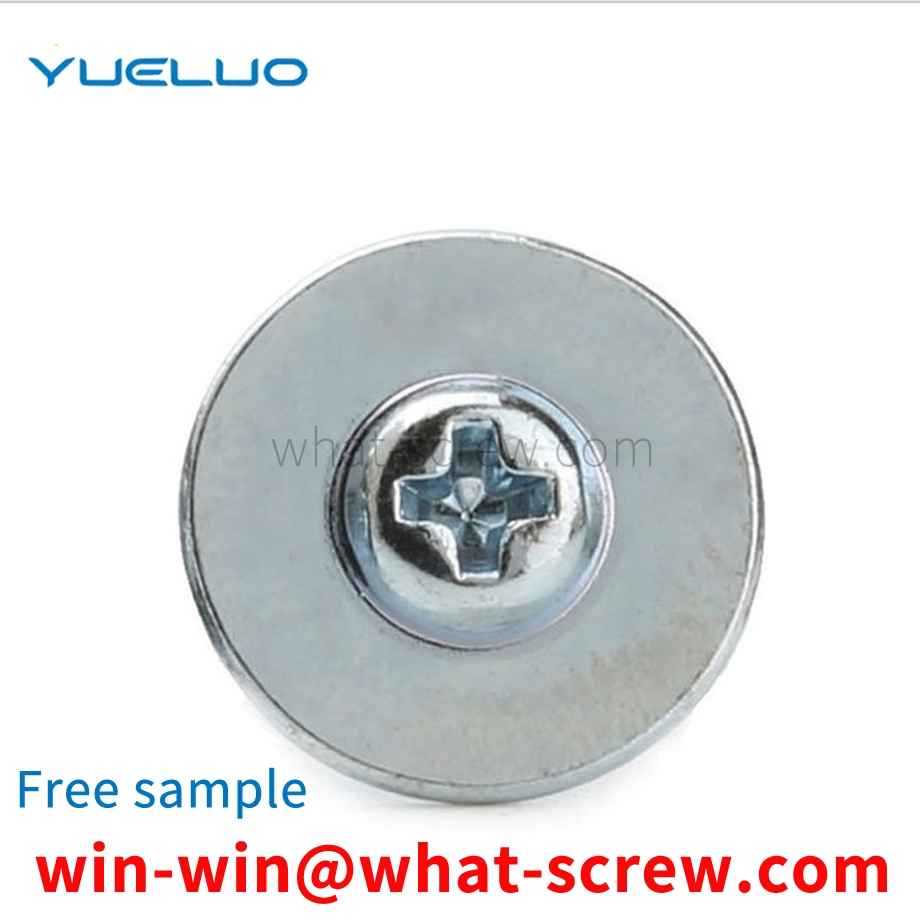
The above content is uploaded by Yueluo or the Internet. If there is any copyright issue, please contact [email protected].

What is the tolerance range of precision screws?

How to choose the right stainless steel screw manufacturer?

Why is there an R angle under the head of the hexagon head s...

We have more than ten years of experience in screw industry ...

We have more than ten years of experience in screw industry ...

We have more than ten years of experience in screw industry ...

We have more than ten years of production experience in the ...